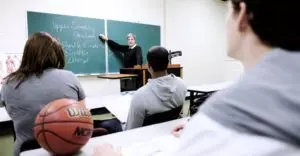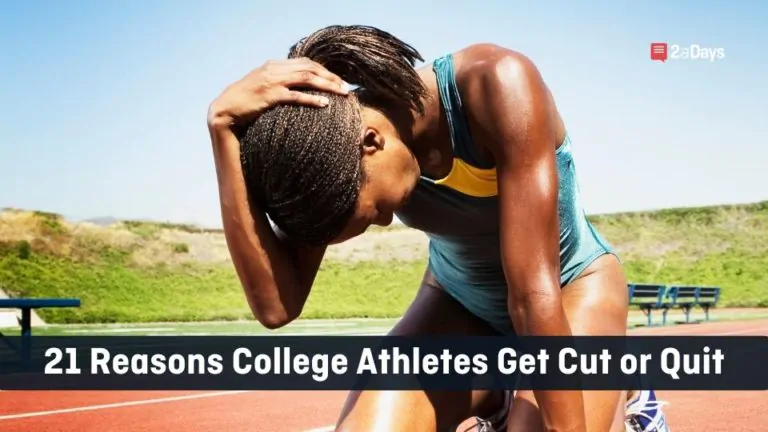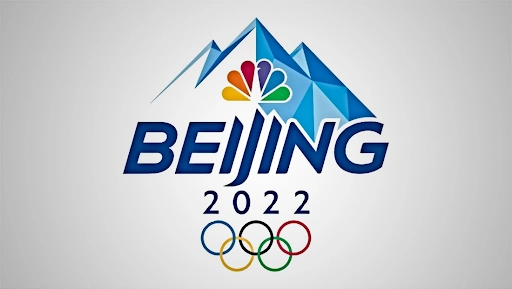The NCAA prides itself on creating an opportunity for young athletes. Providing opportunities for learning is at the heart of the NCAA's mission. The NCAA set academic standards so that student-athletes can get the most out of their education. Athletes will be able to build skills for success in the workplace and in life.
For DI and DII, the NCAA set academic initial-eligibility standards that take your GPA into account, standardized test scores, core courses that were achieved in high school, and the grades earned in those core courses. Division III schools hold student-athletes to the same overall standards for the institution in which they're enrolling. Through these standards, prospective student-athletes are heavily encouraged to maintain a commitment to their education, just as their future athletic departments commit to giving them every chance to succeed on the field and in the classroom.
This commitment, as many current and former student-athletes can attest, can take on many forms. While each division stresses the importance of academics, it is no secret that the three divisions prioritize in different ways.
Let's take a closer look at Division III, the largest NCAA division both in a number of participants and number of schools. It is apparent that the flexibility offered to student-athletes is much higher than the other two divisions. From the NCAA's website, Division III is described as such: “Academics are the primary focus for Division III student-athletes. The division minimizes the conflicts between athletics and academics and helps student-athletes progress toward graduation through shorter practice and playing seasons and regional competition that reduces time away from academic studies. Participants are integrated on campus and treated like all other members of the student body, keeping them focused on being a student first.” Also, at the DIII level, most coaches build the practice schedule around their athletes' class schedules. Coaches take on multiple roles on their campus; athletes are encouraged to study abroad and take advantage of personal development resources.
Check out: Division III The Three D's
Division I schools generally boast the most extensive operating budgets and the most significant number of scholarships, thus offering a unique opportunity for its athletes. At FBS schools, the athletic departments are looking to turn a profit from their operations. You can consider your “Power Five” conference schools to be in the business of creating opportunities for their athletes while simultaneously pulling in cash. Loyal fanbases connected to the universities are willing to pour donations back into the school. Because of this, athletic departments consider not only the plights of their athletes and coaches but also their fans and donors. In Division I, you often find the highest level of play – with that comes the pressure of intense competition – to be the best of the best. Sometimes, this pressure can seemingly overtake other areas of a student-athletes life — academics, internships, and social life can appear to take a backseat to an athlete's sport. However, through the many student-athlete services that DI athletic departments can afford to offer, such as free 1-on-1 tutoring, grand student-athlete study halls with computers and printing, academic counselors for each team, student-athlete development teams, and in-house doctors, and counseling services, playing at such a high level is entirely manageable.
Check out: Division I
Lastly, Division II, the smallest division, can be considered a hybrid of Division I and Division III. While DII schools can offer scholarships, the way these schools choose to fund their athletics program is different from the schools in DI. Per the NCAA's website, “Division II student-athletes are just as competitive, and in many cases, just as skilled as their Division I counterparts, but institutions in Division II generally don't have the financial resources to devote to their athletics programs or choose not to place such a heavy financial emphasis on them.” DII student-athletes are recognized for their academic success, athletics contributions and campus/community involvement. Student-athletes in Division II have enough flexibility and support to create their college experience, and their athletic experience to best fit their needs. This balance is at the heart of the Division II philosophy.
Check out: Division II “Make it Yours.”
Updated on 5/17/19
* Originally published on January 28, 2018, by Chandler Frumin







